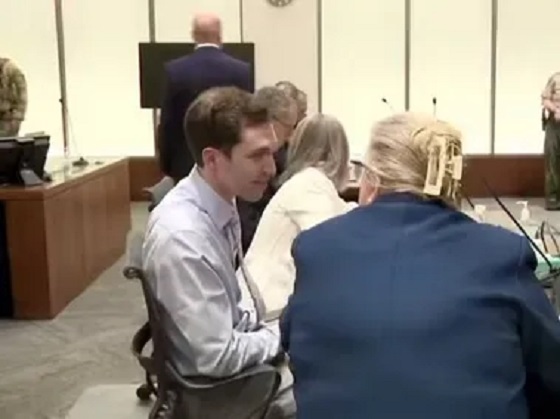Alberta
Recent rain may not be enough to halt the shrinking of Canada’s cattle herd
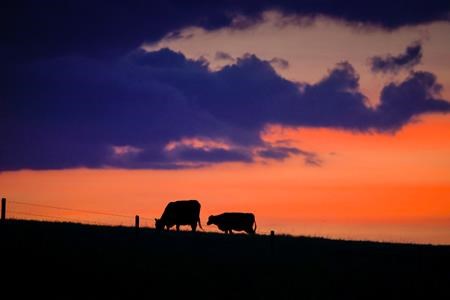
CALGARY — Anxious Alberta ranchers praying for rain got their wish this week, but it may not be enough to stop the ongoing decline in Canadian cattle production.
The moisture that fell on parts of drought-parched Alberta came as a welcome reprieve to the hundreds of cattle farmers who have seen their pastures wither and their water supplies dry up this June.
But a few inches of rain won’t be enough to cut it in much of Canadian cattle country, which is still trying to dig its way out of a significant moisture deficit.
“I think this is the driest I’ve ever seen it,” said Bob Lowe, a rancher and feedlot operator from the Nanton area of southern Alberta.
“The grass started this spring, and came up a little bit, and then it just turned around and died. It’s supposed to be green this time of year, but it’s just grey-brown.”
According to Agriculture Canada’s Drought Monitor, 82 per cent of the agricultural regions of the three prairie provinces were either “abnormally dry” or in “moderate to extreme drought” as of the end of May.
Some ranchers have been spending hours every day this spring hauling water by truck or trailer to their cattle after their watering holes completely dried up, said Ryder Lee, general manager of the Canadian Cattle Association.
“Or they’re filling dugouts from other places with pipelines and pumps,” Lee said.
“There’s lots of creativity and ingenuity in the industry, but all of that takes a toll on people.”
It also takes a toll on an industry that has already been steadily shrinking for years. Last year, the size of the Canadian cattle herd fell to 12.3 million animals — the lowest level recorded since July 1, 1988.
The 2.8 per cent year-over-year reduction was in large part due to the after-effects of an extremely harsh drought on the prairies in 2021. As crops withered and feed prices skyrocketed, many ranchers sold their cattle for slaughter rather than holding onto them for breeding.
That could happen again this year, and at an even larger scale, said Rob Somerville, who has a cattle farm in east-central Alberta, near the town of Innisfail.
“There is a train of thought that people who may have hung on last time, this time, will sell,” Somerville said.
He added that some producers might have hesitated to sell in 2021 because cattle prices at the time were low. But as cattle numbers in North America have continued to shrink, prices have increased, hitting all-time records this spring.
“Just about everybody I’ve spoken to has already prepared a list of the cows they’re going to sell. These people won’t be leaving the industry, but they’re certainly planning a herd reduction.”
South of the border, U.S. cattle inventory is also down four per cent year-over-year due to increased heifer slaughter. According to a report by the U.S. Department of Agriculture, roughly 69 per cent of the U.S. cattle herd as of December 2022 was located in drought-stricken areas, leading to the largest contraction of the North American cattle herd in a decade.
Other catastrophes in the last two decades — including the BSE (mad cow) crisis and the 2009 financial crisis — also led ranchers to downsize their herds or exit the industry entirely.
As a result, according to Statistics Canada, there are 25 per cent fewer beef cows in Canada now than there were in 2005.
“After a while it’s not just an individual farm-by-farm thing, it’s an industry issue. And that has far wider implications,” Somerville said, adding that fewer cows could cause ripple effects all the way down the value chain — potentially leading to lost jobs at feedlots, at meat-packing plants and more.
“This is a big contributor to the economy that we’re talking about.”
Winnipeg-based cattle markets analyst Jerry Klassen said he believes one or two good rains could save the industry from wide-spread liquidation of herds this year.
“You can still get one good hay crop in Alberta if you get timely rains from now moving forward,” Klassen said.
“And you’ve got these high prices. If the farmer can maintain or increase his herd, he’s going to reap the rewards over the next two or three years.”
But Somerville said multiple years of dry conditions have left some ranchers feeling that they’re “running out of tricks they can pull out of the hat.”
“There’s a lot of producers who have been hanging on as long as they can and they may decide now is the time to get out of the industry,” he said.
“It’s just been too many struggles, for too long.”
This report by The Canadian Press was first published June 16, 2023.
Amanda Stephenson, The Canadian Press
Alberta
Housing in Calgary and Edmonton remains expensive but more affordable than other cities
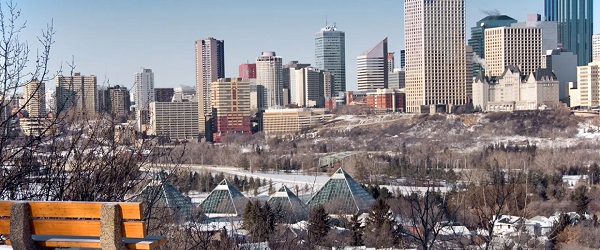
From the Fraser Institute
By Tegan Hill and Austin Thompson
In cities across the country, modest homes have become unaffordable for typical families. Calgary and Edmonton have not been immune to this trend, but they’ve weathered it better than most—largely by making it easier to build homes.
Specifically, faster permit approvals, lower municipal fees and fewer restrictions on homebuilders have helped both cities maintain an affordability edge in an era of runaway prices. To preserve that edge, they must stick with—and strengthen—their pro-growth approach.
First, the bad news. Buying a home remains a formidable challenge for many families in Calgary and Edmonton.
For example, in 2023 (the latest year of available data), a typical family earning the local median after-tax income—$73,420 in Calgary and $70,650 in Edmonton—had to save the equivalent of 17.5 months of income in Calgary ($107,300) or 12.5 months in Edmonton ($73,820) for a 20 per cent down payment on a typical home (single-detached house, semi-detached unit or condominium).
Even after managing such a substantial down payment, the financial strain would continue. Mortgage payments on the remaining 80 per cent of the home’s price would have required a large—and financially risky—share of the family’s after-tax income: 45.1 per cent in Calgary (about $2,757 per month) and 32.2 per cent in Edmonton (about $1,897 per month).
Clearly, unless the typical family already owns property or receives help from family, buying a typical home is extremely challenging. And yet, housing in Calgary and Edmonton remains far more affordable than in most other Canadian cities.
In 2023, out of 36 major Canadian cities, Edmonton and Calgary ranked 8th and 14th, respectively, for housing affordability (relative to the median after-tax family income). That’s a marked improvement from a decade earlier in 2014 when Edmonton ranked 20th and Calgary ranked 30th. And from 2014 to 2023, Edmonton was one of only four Canadian cities where median after-tax family income grew faster than the price of a typical home (in Calgary, home prices rose faster than incomes but by much less than in most Canadian cities). As a result, in 2023 typical homes in Edmonton cost about half as much (again, relative to the local median after-tax family income) as in mid-sized cities such as Windsor and Kelowna—and roughly one-third as much as in Toronto and Vancouver.
To be clear, much of Calgary and Edmonton’s improved rank in affordability is due to other cities becoming less and less affordable. Indeed, mortgage payments (as a share of local after-tax median income) also increased since 2014 in both Calgary and Edmonton.
But the relative success of Alberta’s two largest cities shows what’s possible when you prioritize homebuilding. Their approach—lower municipal fees, faster permit approvals and fewer building restrictions—has made it easier to build homes and helped contain costs for homebuyers. In fact, homebuilding has been accelerating in Calgary and Edmonton, in contrast to a sharp contraction in Vancouver and Toronto. That’s a boon to Albertans who’ve been spared the worst excesses of the national housing crisis. It’s also a demographic and economic boost for the province as residents from across Canada move to Alberta to take advantage of the housing market—in stark contrast to the experience of British Columbia and Ontario, which are hemorrhaging residents.
Alberta’s big cities have shown that when governments let homebuilders build, families benefit. To keep that advantage, policymakers in Calgary and Edmonton must stay the course.
Alberta
Danielle Smith slams Skate Canada for stopping events in Alberta over ban on men in women’s sports

From LifeSiteNews
The Alberta premier has denounced Skate Canada as ‘disgraceful’ for refusing to host events in the province because of a ban on ‘transgender’ men in women’s sports.
Alberta Premier Danielle Smith has demanded an apology after Skate Canada refused to continue holding events in Alberta.
In a December 16 post on X, Smith denounced Skate Canada’s recent decision to stop holding competitions in Alberta due to a provincial law keeping gender-confused men from competing in women’s sports.
“Women and girls have the right to play competitive sports in a safe and fair environment against other biological females,” Smith declared. “This view is held by a vast majority of Albertans and Canadians. It is also common sense and common decency.”
Women and girls have the right to play competitive sports in a safe and fair environment against other biological females.
This view is held by a vast majority of Albertans and Canadians. It is also common sense and common decency.
Skate Canada‘s refusal to hold events in… pic.twitter.com/n4vbkTx6B0
— Danielle Smith (@ABDanielleSmith) December 16, 2025
“Skate Canada‘s refusal to hold events in Alberta because we choose to protect women and girls in sport is disgraceful,” she declared.
“We expect they will apologize and adjust their policies once they realize they are not only compromising the fairness and safety of their athletes, but are also offside with the international community, including the International Olympic Committee, which is moving in the same direction as Alberta,” Smith continued.
Earlier this week, Skate Canada announced their decision in a statement to CBC News, saying, “Following a careful assessment of Alberta’s Fairness and Safety in Sport Act, Skate Canada has determined that we are unable to host events in the province while maintaining our national standards for safe and inclusive sport.”
Under Alberta’s Fairness and Safety in Sport Act, passed last December, biological men who claim to be women are prevented from competing in women’s sports.
Notably, Skate Canada’s statement failed to address safety and fairness concerns for women who are forced to compete against stronger, and sometimes violent, male competitors who claim to be women.
Under their 2023 policy, Skate Canada states “skaters in domestic events sanctioned by Skate Canada who identify as trans are able to participate in the gender category in which they identify.”
While Skate Canada maintains that gender-confused men should compete against women, the International Olympic Committee is reportedly moving to ban gender-confused men from women’s Olympic sports.
The move comes after studies have repeatedly revealed what almost everyone already knew was true, namely that males have a considerable innate advantage over women in athletics.
Indeed, a recent study published in Sports Medicine found that a year of “transgender” hormone drugs results in “very modest changes” in the inherent strength advantages of men.
Additionally, male athletes competing in women’s sports are known to be violent, especially toward female athletes who oppose their dominance in women’s sports.
Last August, Albertan male powerlifter “Anne” Andres was suspended for six months after a slew of death threats and harassments against his female competitors.
In February, Andres ranted about why men should be able to compete in women’s competitions, calling for “the Ontario lifter” who opposes this, apparently referring to powerlifter April Hutchinson, to “die painfully.”
Interestingly, while Andres was suspended for six months for issuing death threats, Hutchinson was suspended for two years after publicly condemning him for stealing victories from women and then mocking his female competitors on social media. Her suspension was later reduced to a year.
-

 Business17 hours ago
Business17 hours agoCanada Hits the Brakes on Population
-

 Crime6 hours ago
Crime6 hours agoBrown University shooter dead of apparent self-inflicted gunshot wound
-
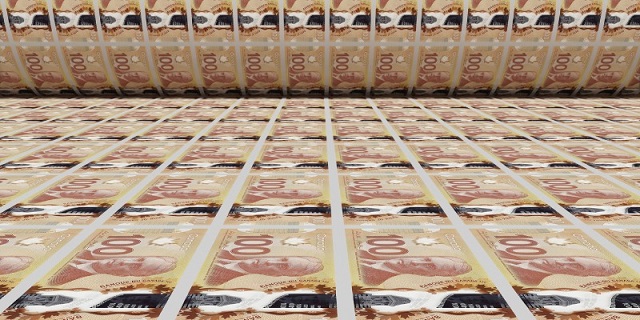
 Business2 days ago
Business2 days agoOttawa Pretends To Pivot But Keeps Spending Like Trudeau
-
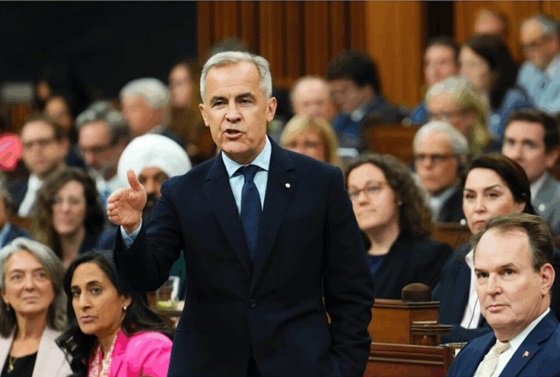
 Energy2 days ago
Energy2 days agoLiberals Twisted Themselves Into Pretzels Over Their Own Pipeline MOU
-

 Frontier Centre for Public Policy19 hours ago
Frontier Centre for Public Policy19 hours agoCanada Lets Child-Porn Offenders Off Easy While Targeting Bible Believers
-

 Censorship Industrial Complex2 days ago
Censorship Industrial Complex2 days agoHow Wikipedia Got Captured: Leftist Editors & Foreign Influence On Internet’s Biggest Source of Info
-

 International2 days ago
International2 days agoBondi Beach Shows Why Self-Defense Is a Vital Right
-
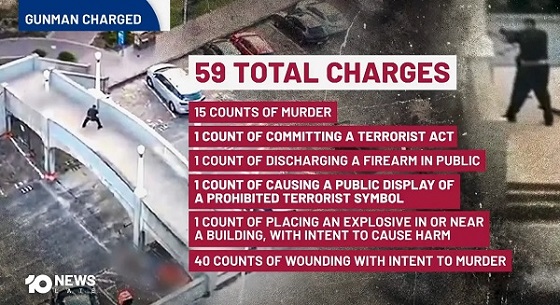
 Crime2 days ago
Crime2 days agoThe Uncomfortable Demographics of Islamist Bloodshed—and Why “Islamophobia” Deflection Increases the Threat









